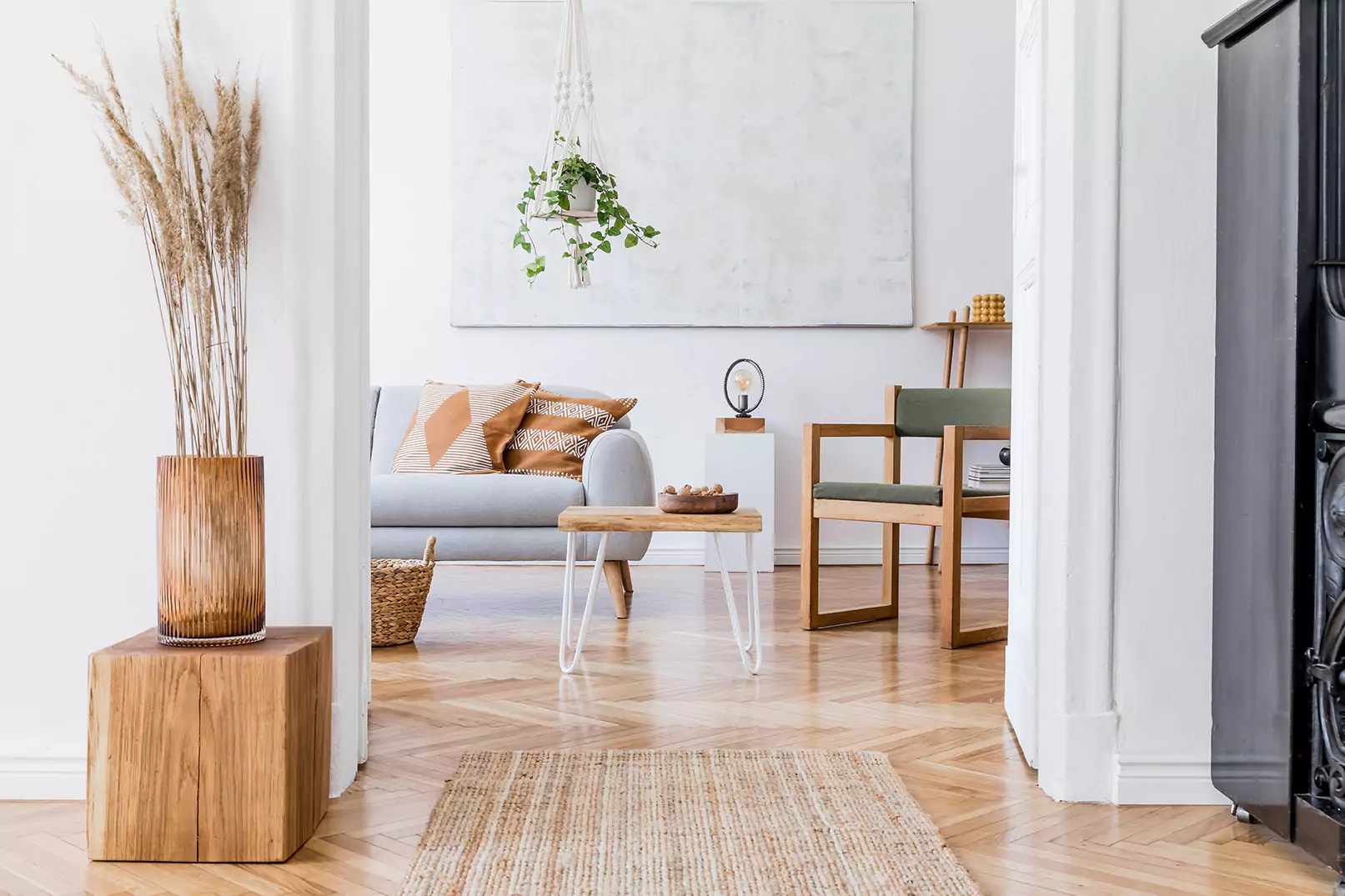This post appears as part of the SFhotlist San Francisco Architecture Series. We’re showcasing the best and most beautiful of San Francisco architecture. Let us know if there is an architectural style you’d like covered.
Unless you are an architecture buff or a regular reader of this blog, you probably haven’t heard the term “Edwardian” or “Edwardian Architecture." San Francisco is famous for its beautiful Victorian architecture, and rightly so. There are more Victorians packed into our little seven-by-seven San Francisco haven than anywhere else in the world.
The little-known truth, though, is that we have more Edwardians here than we do Victorians. Why? Many of the ornate and all-wood Victorians were destroyed in San Francisco’s famous 1906 earthquake and fire.
The very destructive earthquake caused huge fires, which destroyed much of the city’s housing. In addition, to stop the spread of fire, the magnificent mansions along Van Ness Avenue were dynamited. San Francisco immediately began the largest building boom in its history -- and that is how nature and necessity conspired to create an Edwardian city.
For all the Edwardians in San Francisco, the Edwardian period itself was very brief, lasting from 1901 to 1910. Named after the short reign of Queen Victoria’s son, Edward, Edwardians are characterized by (according to Wikipedia) the following:
Here is a list of styles you will find within the larger category Edwardian:
You may also run across Renaissance Revival, Richard Romanesque, and Beaux Arts Edward style homes in San Francisco, followed by Spanish Eclectic, but for this post, we will stick to the more popular styles, above.
These styles were largely inspired by the English designers William Morris and John Ruskin. They wanted to move away from the ornate, machine-driven Victorian style and focus on a medieval, folkloric esthetic celebrating the craftsmanship and reliance on local materials from that era. The Edwardian era took place during the larger Arts and Crafts movement advocating economic and social reforms that fit in well with the spirit of San Francisco.
Edwardian architecture is a timeframe (1901 to 1910), not a distinct style. Still, the housing of this time period does reflect the cultural tastes of the time, including a tendency among San Francisco's conservative wealthy to pair down their homes to make them appear simpler, more solid, and less flamboyant.
Here are some examples:
Compared with Victorian-era Queen Annes, the Queen Anne of the Edwardian era are much simpler, featuring less of the characteristic Victorian “gingerbread.” You will notice, though, that they have bay windows, peaked roofs, and asymmetrical fronts, which are all part of the Queen Anne style.
The Arts and Crafts movement (see above), began in England as a movement away from the ornate, machine-crafted Victorians of the time. Emulating medieval design, this style is built on the use of hand-crafted, natural materials. Design elements include: the use of stone and brick, prominent joinery, leaded-glass windows, square chimneys, projecting eaves, Tudor style half-timbering, and Gothic ornaments. This mix of elements is another reminder of why Edwardian homes are not always easy to identify by style!
Shingle-style Edwardians are easy to identify because they are, you guessed it, covered in shingles. These homes are prized for their rustic simplicity, although many are quite grand inside
Tudor Edwardians can be confused with Arts and Crafts style Edwardians because both incorporate half-timbering, a mix of stone and stucco, steeply pitched roofs, and leaded glass. They are designed to recall merry old England.
Mission Revival Edwardians can be identified by looking up at their distinctive parapets, which recall the Spanish-influenced architecture of the original California missions. They are built of stucco with wood trim.
Craftsman Edwardian architecture is closely related to the Arts and Crafts Edwardians that originated in England. This style is characterized by an emphasis on the horizontal and art glass windows.
If you or your friends are interested in finding out more about Edwardians or would like to buy one of your very own, please let me know.
-DL
More posts from the SFhotlist San Francisco Architecture Series:
San Francisco Loves to Love Victorian Architecture
